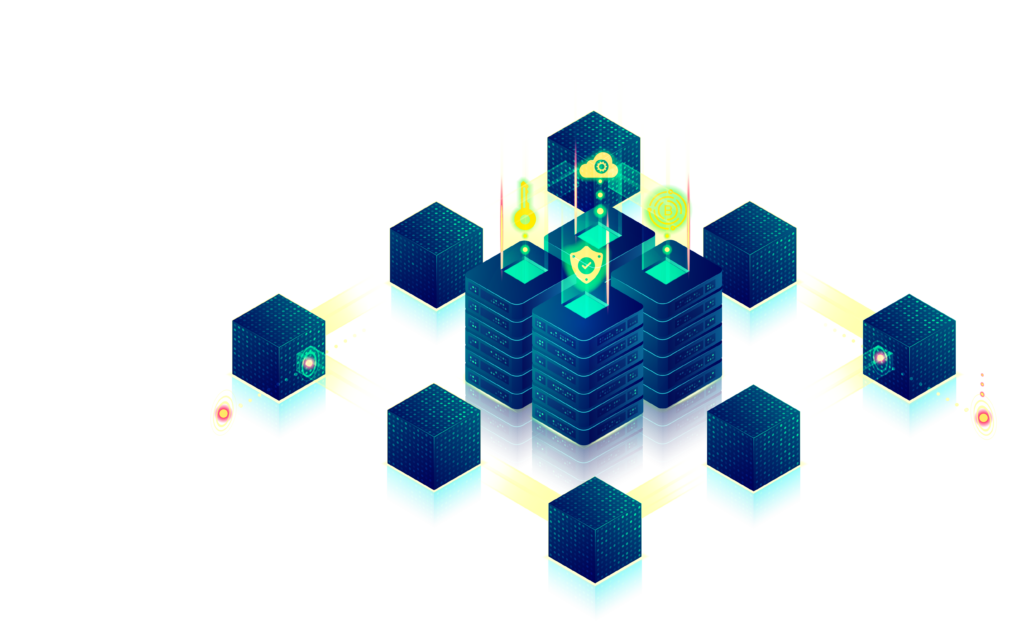The Data Center industry is in the midst of a major transformation. Ongoing advancements in technology are resulting in a shift away from traditional; investment in the metaverse space, cloud, and 5G will drive significant demand for data centers over the next five years. Metaverse driven Data Centers are characterized by their ability to rapidly adapt to changes in workloads and users, while cloud and 5G Data Centers rely on virtualization technologies to improve resource utilization and reduce costs. The increasing adoption of Web 3.0 and the maturity of multiple technologies like VR, AR, Blockchain, Cybernetics, AI, 5G, etc. are creating a hard demand network, compute, and storage requirements to scale and sustain. Metaverse ecosystems are non-trivial, and we are far from provisioning this level of ability close to the edge where experiences will manifest.

Metaverse, DAO, and Web 3.0 is a decentralized platform that enables users to create their digital assets and identities. It is the first project to implement DAO technology and revolutionize Web 3.0.
Metaverse is conceptualized on the idea of creating a new world that allows for open, transparent, and collaborative governance. The platform provides users with an easy-to-use interface to create their digital assets and identities, as well as to interact with others on the blockchain. Metaverse also uses a unique identity verification system that allows for secure and private transactions.
DAO is a Decentralized Autonomous Organization, which is a self-governing organization that is run by rules encoded as computer programs called smart contracts.
Web 3.0, the third generation of the World Wide Web marks the evolution of the internet from a platform for publishing static pages to a platform for running applications that can interact with humans and other machines.
The Metaverse is most likely to be centred on Blockchain since this technology has seen exponential growth and faster adoption in the last three to four years. Ethereum addresses, for example, are growing by 100,000 wallets per day on average. In the Metaverse, one of the most valuable features will be smart contracts, which offer a method for people to transact anonymously without really knowing each other or the need to have an intermediary. Metaverse’s open-source, community-based development enables easy creation of wallets, infrastructure, transactional processing, and many other functionalities which will propel the upcoming metaverse.
A recent “New Normal” trend is the Metaverse “launch” by rooted history corporations like Tanishq, Tata, MG, and another latency unicorn that are ongoing a paradigm shift towards a new normal to the most unique feature of Digital and virtual presentation for a myriad of opportunities. The only question that arises, is whether India is capable of that amount of transition that can embrace the paradigm shift.

That is where the role of Data Centers will be pivotal. Metaverse will require a massive structure and colocation leasing could be a huge driver going forward. Applications that are Metaverse conducive will have similar requirements as today’s modern platforms such as varying latencies, hyper storage, scalability, dense computing capabilities, etc. Another layer of Data Centers that would play a huge role is cooling in the advent of tech disruptions such as Metaverse. As environments merge as one with the digital world, it becomes more immersive, realistic, and high on computational capabilities. This would in turn lead to more heat being generated within the Data Center infrastructures. The limitations and potential of Metaverse are endless, but predictably we can assume that they’ll need sustainable, future-proof liquid cooling tech to power this new phase of innovation.
To summarize, as we take the leap towards a new age world and open our channels for tech innovations such as Metaverse, Web3.0, and 5G, the role of data will be more pivotal than any other building block. Data Center companies will have to ‘Build Smart,’ ‘Think Smart,’ and ‘Sustain Smart’ if they are to beat the disruption cycle. Using nanotech (Nano Data Centers) to pack more data bundles in a Data Center, implementing Green-ways of powering Data Centers, and investing in more innovative cooling for the projects will be the charter for these companies.
